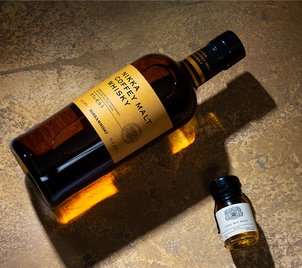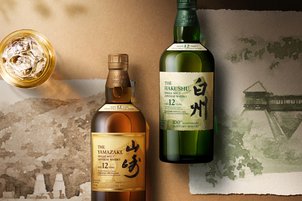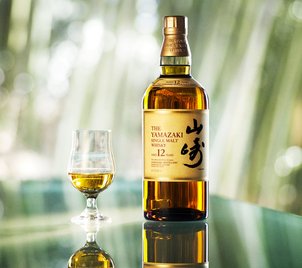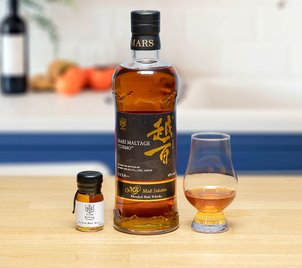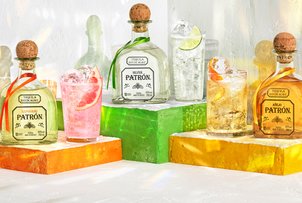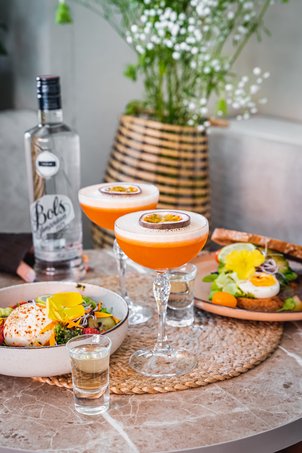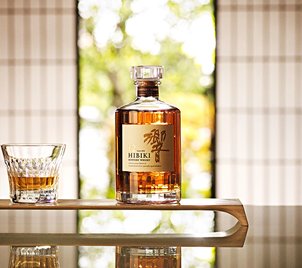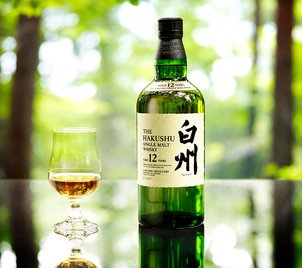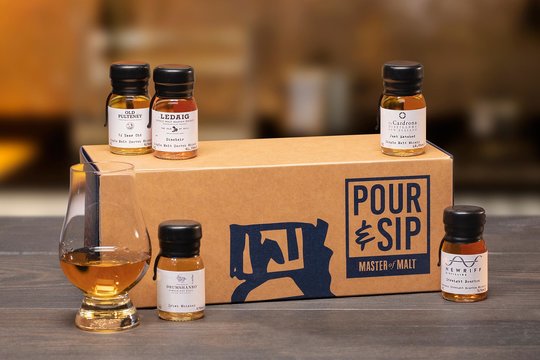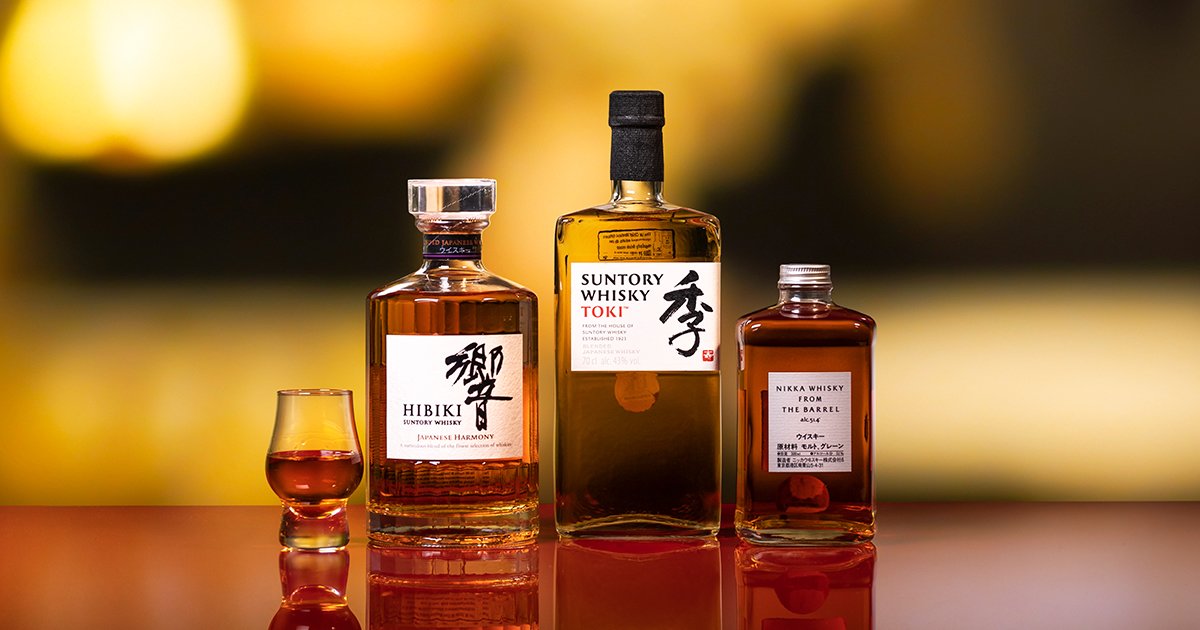
Japanese Whisky
You’ll find peated editions, single malts, blends, award-winners, and even those that utilise native Japanese mizunara oak in our diverse range.
Whilst rooted very much in the production techniques and processes of Scotch, whisky from Japan has become a fabulous, astonishing spirit all of its own. In fact, many whisky connoisseurs consider Japan to be the home of the best whiskies in the world.
The style of Japanese whisky
Despite the fact that there are significantly fewer distilleries in Japan than in Scotland, there is a truly remarkable diversity in terms of style and flavour here. The whisky can range from the legendary, award-winning malts of Yamazaki, to Yoichi, which is known for its slightly peaty, even coastal-style whiskies. Each distillery introduces something wholly unique. Hakushu, for example, nestled among the forests of the Japanese Alps, produces whisky with a notably herbal, gently smoky character, while Chichibu, a relatively young distillery, has been praised for its innovative production techniques, and has a sweet, fruity spirit. If you would like to learn more about the history of Japanese whisky - visit our Japanese Whisky History Timeline which has been written by our leading whiskey experts and authors.
Japanese whisky best-sellers
Japanese whisky varieties
Featured brands
The Tsukuriwake Selection 2024
Is Japanese whisky better than Scotch?
We don’t like to pick favourites! It depends on your flavour preference. History has intertwined the two, however, as in the 1920s that Masataka Taketsuru, (godfather of Japanese whisky and founder of Nikka) was studying in Scotland, where he became enamoured with the art of Scotch whisky-making, even working in renowned distilleries like Hazelburn. He returned to Japan in 1923 full of knowledge, and was recruited by Shinjiro Torii, founder of Suntory. Together they set up Suntory’s (and indeed, Japan’s) first whisky distillery, Yamazaki.
But while much of the knowledge may have initially been brought over from Scotland, the category is anything but an imitation. The process mirrors Scotch considerably, but there is a key difference to the way the industry works in each country as Japan does not have the same culture of distilleries sharing and swapping whisky. Instead, Japanese whisky distilleries are typically set up to produce a variety of both malt and grain whiskies, with blends made in-house. In addition, the use of native Japanese mizunara oak to finish whiskies brings a distinctive character, while the nation’s thirst for Highballs has also determined its traditionally lighter style of whisky (with an emphasis on blends, which work wonderfully in the cocktail).
Japanese distillery map
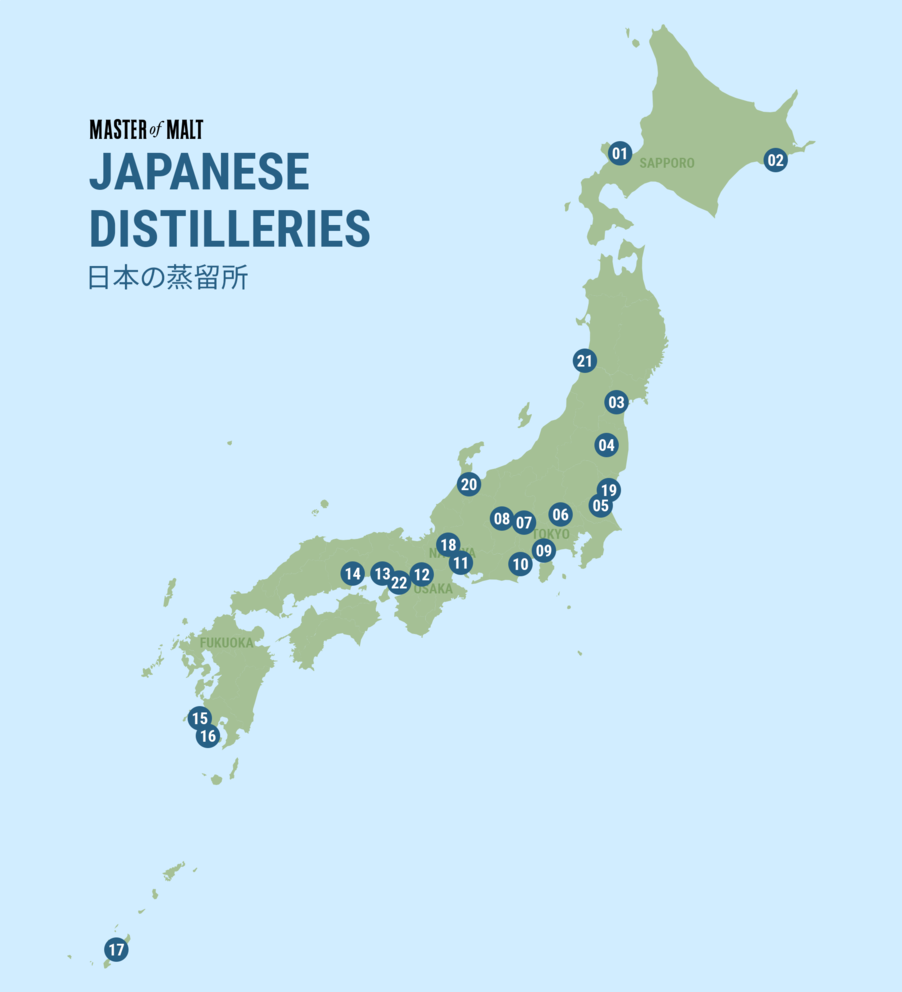
- Yoichi distillery - Nikka
- Akkeshi distillery - Akkeshi
- Miyagikyo distillery - Nikka
- Asaka distillery - Yamazakura
- Yasato distillery - Nukada
- Chichibu distillery - Ichiro Akuto
- Hakushu distillery - Suntory
- Shinshu distillery - Mars
- Fuji Gotemba distillery - Kirin
- Shizuoka distillery - Gaiaflow
- Chita distillery - Suntory
- Yamazaki distillery - Suntory
- White Oak distillery - Akashi
- Miyashita distillery - Okayama
- Kanosuke distillery - Kanosuke
- Tsunuki distillery - Mars
- Helios distillery - Kura
- Nagahama distillery - Nagahama
- Nukada distillery (Hinomaru Whisky)
- Wakatsuru distillery - Saburomaru
- Yuza distillery - Yuza
- Kaiyo distillery - Akashi
How to drink Japanese whisky
There’s no right or wrong way to drink Japanese whisky (or any whisky, for that matter), but if you want to enjoy it the way the Japanese do, then you’ll want to try it in a Highball. The Highball revival came from Japan (though the term ‘Highball’ word originated in America in the late 19th century), as many of the light, fruity, creamy blended whiskies from the country suit the serve well. Personally, we’d avoid using very old whiskies with lots of wood and sherry influence in a Highball – save that for sipping.
Why is Japanese whisky so expensive?
It was only in the early 2000s that Japanese whisky began to be recognised outside of Japan itself – in 2001 Nikka's 10-year-old Yoichi single malt was awarded "Best of the Best" by Whisky Magazine, and it wasn’t until 2004 that Yamazaki was introduced to the USA. That set the category off and it gained some serious momentum, scooping awards left, right and centre. Suddenly, Japanese whisky was hot stuff, and showed no sign of slowing down.
Age-statement Japanese whiskies are now few and far between, and have all but disappeared in the last five years or so – though because of increased demand distilleries are working at full capacity to deliver the goods. Fear not, you can still find some exceptional Japanese whisky on our website.
Whisky Guides
Explore more
Sign up to our newsletter
Special offers, recommendations and expert advice to your inbox! Unsubscribe at any time.
I agree to the Privacy Policy






